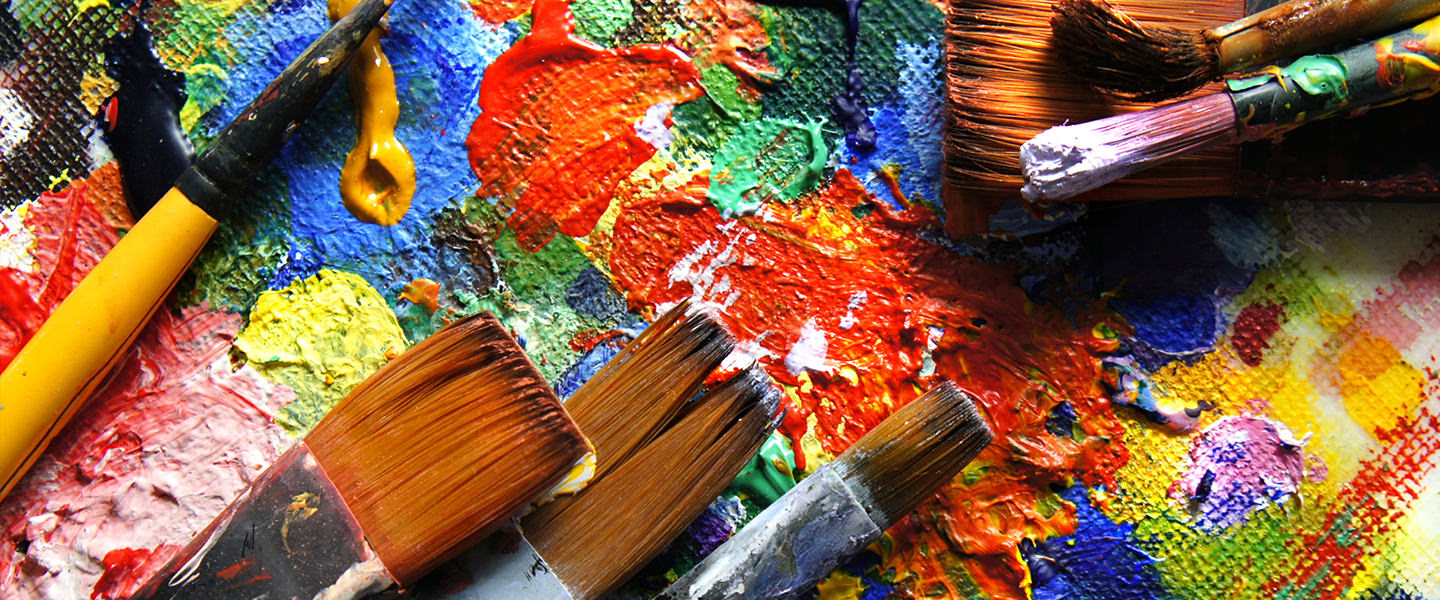Within the rich tapestry of Bahá’í teachings, the concept of art is imbued with profound significance, regarded as a divine gift and an expression of the Holy Spirit. The Bahá’í Faith, which places great emphasis on the unity of humanity and the pursuit of truth, reveres art not only as a means of aesthetic appreciation but also as a potent vehicle for spiritual enlightenment and transformation. This exploration delves deeply into the relationship between art and spirituality as conceptualized in Bahá’í philosophy, elucidating how this intersection can engender a paradigmatic shift in perspective and evoke curiosity in the beholder.
The Bahá’í teachings posit that art serves as a reflection of the Divine, acting as a conduit through which human beings might connect with transcendent realities. From the illumination of the human spirit to the celebration of creation, art encapsulates the beauty and complexity of life. Through the creative process, individuals become instruments of divine expression, channeling the qualities of the Holy Spirit into their work. This perspective invites an understanding of art that transcends mere visual pleasure; it becomes a dynamic interplay of thought, emotion, and spirituality.
In the context of creation, the Bahá’í Faith teaches that every person possesses an innate capacity for artistic expression, suggesting that creativity is not confined to a select cohort of artists but is universal to all humanity. This democratization of art encourages personal exploration and self-discovery, inviting individuals to engage with their own inspirations and talents. The act of creating art becomes a form of worship, an offering of one’s inner potential that resonates with the essence of the Creator.
Moreover, the Bahá’í writings emphasize the educational role of art, highlighting its significance in the cultivation of virtues. Art fosters empathy, fosters melancholy, invokes joy, and challenges societal norms. When individuals engage with art, they embark on a journey of introspection, reflection, and dialogue, facilitating a deeper understanding of themselves and their surroundings. This transformative journey often leads to a shift in perspective, as individuals awaken to broader possibilities beyond their immediate realities.
Art, within the Bahá’í framework, serves also as a means of unification. It transcends cultural and geographical boundaries, harmonizing disparate voices and narratives. The Bahá’í teachings advocate for the appreciation of diverse artistic expressions as reflections of the myriad cultures and experiences that constitute our global village. This global appreciation of art encourages cross-cultural dialogues, fostering unity and a sense of shared humanity. By engaging with art from various traditions, individuals can cultivate respect and admiration for the richness of human experience.
In exploring the implications of art, the Bahá’í Faith invites individuals to examine the motivations and intentions behind their creative pursuits. Are they seeking personal acclaim, or are they longing to inspire others? The integration of higher moral and ethical principles into artistic expression elevates the work, transforming it into a medium of enlightenment and empowerment. By infusing creativity with purpose, artists can contribute to the betterment of society, using their talents as catalysts for positive change.
Furthermore, the Bahá’í perspective offers intriguing insights into the relationship between limitation and creativity. The constraints of modernity often create superficial societal norms that stifle genuine artistic expression. In contrast, the Bahá’í teachings encourage transcending these constraints through the harnessing of spiritual virtues. Artists are urged to rise above the confines of convention, embracing the vulnerability inherent in creativity. In doing so, they foster an environment conducive to innovation, originality, and authenticity.
Importantly, the Bahá’í Faith acknowledges the transformative impact of the arts on community building. Artistic endeavors, whether performed in communal gatherings or exhibited in public spaces, cultivate a sense of belonging and collective identity. Art becomes a communal language, enabling residents to articulate shared aspirations and values. Through artistic collaboration, communities can address social issues and celebrate cultural heritage, bolstering resilience in the face of adversity.
In the modern context, the role of technology in art creation and dissemination cannot be overlooked. The digital age has provided unprecedented platforms for artistic expression, enabling voices that were once marginalized to be heard. Bahá’í teachings advocate for the responsible utilization of technology, emphasizing the importance of maintaining integrity and depth in artistic pursuits. The potential pitfalls of superficiality and commercialism must be navigated with mindfulness, ensuring that the essence of creativity is preserved in the face of rapid technological advancement.
In conclusion, the Bahá’í Faith presents a transformative vision of art as a divinely bestowed gift that elevates human potential and nurtures the collective spirit. By embracing art as a vehicle of spiritual expression, individuals can broaden their understanding of themselves and their connection to others. The interplay of creativity and spirituality cultivates a fertile ground for personal and communal development, engendering a deeper appreciation for the exquisite diversity of human experience. Ultimately, the Bahá’í teachings encourage the pursuit of artistic expression as a vital component of spiritual growth, fostering an enduring connection to the Holy Spirit and a shared journey toward a more harmonious world.
